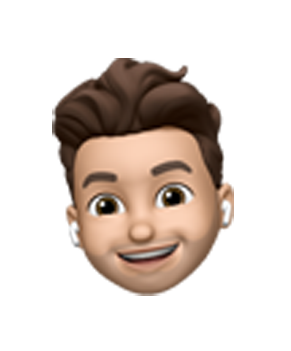11 Ways to Extend your Battery Life on the iPhone

It’s going to happen, or maybe it already has, at some point, you’ll need your iPhone, but its battery will be dead. And as an iPhone gets older, its battery becomes weaker, to the point where it may have trouble making it through a typical day of use. Charging the iPhone during the day may help, and you could carry around an external battery (or have the battery replaced!), but a few simple tweaks will cut power usage and extend battery life to where you maybe do not have to carry around that battery pack.
- Enable Low Power Mode. This one is my favorite trick and it can extend the battery life considerably… and you do not lose any functionality of the iPhone. In Settings > Battery, flip the switch for Low Power Mode to tell your iPhone to use less power for a variety of background activities and visual effects. You can also tell Siri to ‘Turn on Low Power Mode’. Also, your iPhone will automatically prompt you to turn Low Power Mode on when the battery drops to 20%; it’s best to accept that suggestion. Low Power Mode is automatically disabled when the iPhone charges to about 80%, so you do not have to turn it off.

- Use Airplane Mode in weak cell coverage areas. This one can be very helpful when in an area that does not have good coverage, or when you are at a concert or event where everyone is using their smartphone. When the iPhone is searching for a better signal, it increases power to its radios, which hurts battery life. Going into Airplane Mode (tap Settings > Airplane Mode or tap the Airplane Mode button in Control Center) prevents you from making or receiving calls or SMS text messages but saves a lot of power. Just remember to disable Airplane Mode later!

- Avoid extreme cold or heat. Cold temperatures will drastically reduce your iPhone’s battery life, albeit temporarily, whereas hot temperatures can permanently hurt the battery’s ability to hold a charge.
- Don’t stream media or use GPS navigation when battery life is paramount. These are the most power-hungry activities you can engage in on your iPhone and if you want to extend your battery life for the day, it’s best not to stream or use your GPS. If you do use GPS navigation, make sure it stops (or stop it manually) when you reach your destination. Similarly, store music locally rather than streaming it via Apple Music or Spotify.
- Reduce screen brightness. The screen on your iPhone takes a lot of power, so you’ll extend your battery life if you drag the brightness slider to the left in Settings > Display & Brightness (you can also adjust brightness in Control Center; swipe up from the bottom of the Lock screen or Home screen). I highly recommend you also turn on the Auto-Brightness switch so your iPhone can reduce brightness automatically in dark conditions.

- Turn off unnecessary notifications. In Settings > Notifications turn of notifications to prevent apps from waking your iPhone’s screen repeatedly—turning it on to display a notification takes power. It’s also nice not to receive so many notifications.
- Turn off Background App Refresh. This setting, located in Settings > General > Background App Refresh, lets you prevent apps from updating themselves in the background, which can chew power. What’s nice here is you can disable them by app, so if you have an app that doesn’t need to refresh when it is not open, you can disable Background App Refresh for it.

- Adjust Location Services usage. You do this in Settings > Privacy > Location Services. It’s best to leave Location Services turned on in general, but if you have little-used apps set to Always, consider changing their setting to While Using the App or Never. Apps that have recently used location services display a purple indicator (scroll to the bottom of the list for a key to the indicators).
- Turn down the volume and use earbuds when possible. Using the iPhone’s speakers draws power, so the lower the volume, the less power used. Plugging in earbuds reduces audio-related power usage even more. Along the same lines, when sending audio to a remote speaker, Bluetooth uses less power than AirPlay.
- Use Wi-Fi instead of cellular using data. Since Wi-Fi can use less power than cellular data (particularly when the cell connection isn’t strong), connect to a Wi-Fi network when possible; go to Settings > Wi-Fi to find an available network if you’re not prompted automatically (which you can turn on with Ask to Join Networks in that screen). Also, you can save some data but going in Settings > Cellular, scroll down to see an app list and disable cellular data for apps that you don’t need while out and about, but that are transferring non-trivial amounts of data.
- Disable automatic downloads, or restrict them to Wi-Fi. This is another one that has a dual purpose, you can save battery life and save data used. In Settings > iTunes & App Stores, you can disable automatic downloads for purchased music, apps, and books made on other devices, which could save a little power. Or just disable Use Cellular Data in that screen, which increases the likelihood that the downloads will happen on Wi-Fi when you’re near a charger.
Again, my favorite one is using Low Power Mode. It seems to extend the battery life by quite a bit without sacrificing features. If I am at an event, such as a concert or festival, I will also turn on Airplane Mode if I need to save my battery. I then just use my iPhone as a camera. But remember, you will have to turn Airplane Mode back off eventually. I hope the tips help!





